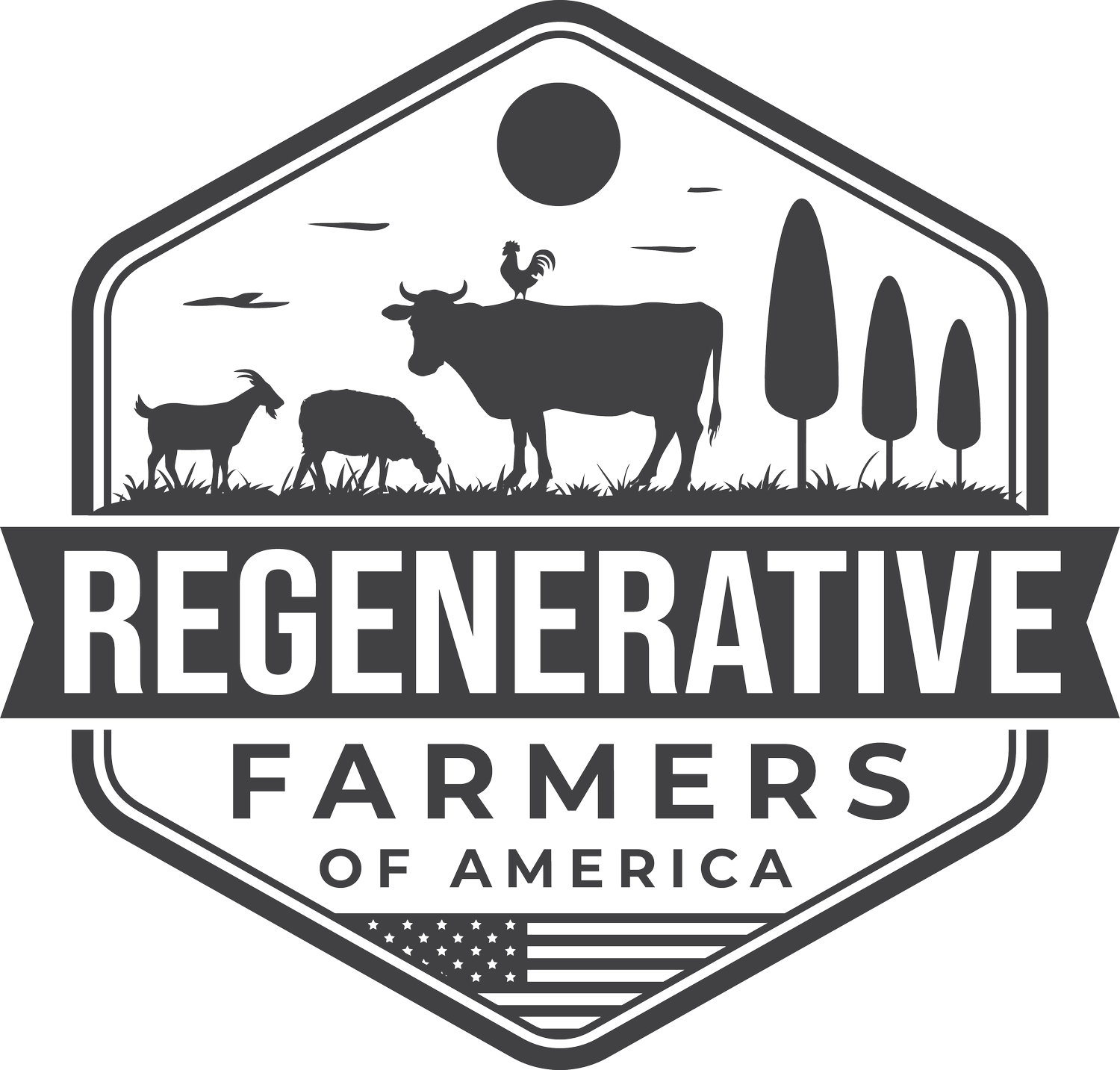Regenerative Agriculture and Climate Change: Can It Make a Difference?
Climate change is one of the biggest challenges of our time, but there is hope. Agriculture can play a significant role in mitigating climate change through regenerative farming practices. Not only can these practices help reverse the damage done to our soil and ecosystems, but they also have the potential to reduce carbon emissions and mitigate the effects of climate change.
According to a report by the National Academy of Sciences, transitioning 10% of US cropland to regenerative practices could sequester the equivalent of 42 million metric tons of CO2 annually, which is equivalent to removing 9 million cars from the road each year.
Sequestering Carbon Through Regenerative Agriculture
A study by the Rodale Institute found that regenerative farming practices could sequester more than 100% of current annual CO2 emissions if adopted globally. Regenerative agriculture techniques such as agroforestry, which combines crops with trees, can help sequester carbon in the soil and trees. Trees are one of the most efficient ways to capture and store carbon, which means that agroforestry can play an important role in reducing carbon emissions.
Livestock Management for Carbon Sequestration
Livestock management can play an important role in reducing carbon emissions and mitigating the effects of climate change. By using regenerative practices such as rotational grazing, farmers can allow grasses to regrow, which can lead to increased carbon sequestration in the soil.
When livestock graze, they disturb the soil and release carbon into the atmosphere. However, by moving livestock from one area to another in a controlled manner, farmers can encourage grass regrowth, which helps to build soil organic matter and sequester carbon.
A study published in the journal Global Change Biology found that rotational grazing on grasslands could sequester up to 1.85 gigatons of CO2 annually, which is equivalent to the annual emissions of over 400 million passenger cars.
In addition to increasing carbon sequestration in the soil, rotational grazing can also lead to improved soil health, water infiltration, and biodiversity. It also helps to reduce the use of chemical fertilizers, which can contribute to greenhouse gas emissions.
Livestock can also play a role in agroforestry practices. In agroforestry, trees are planted in conjunction with crops, providing shade and improving soil health. Livestock can graze in these areas, helping to maintain the grass and improve the soil. As the trees grow, they sequester carbon from the atmosphere, further contributing to the reduction of carbon emissions. The study found that agroforestry systems in Kenya, Malawi, and Zambia sequestered up to 4.7 tons of carbon per hectare per year.
A study by the University of Michigan found that agroforestry practices could sequester up to 9.28 gigatons of CO2 per year, which is equivalent to the annual emissions of all passenger vehicles worldwide.
Cover Cropping and Reduced Tillage for Soil Health
Cover cropping and reduced tillage are two regenerative agriculture practices that can significantly improve soil health. Cover crops are planted in between cash crops to cover the soil and provide a range of benefits such as reducing erosion, improving soil fertility, suppressing weeds, and increasing water-holding capacity. Cover crops also help to build up organic matter in the soil, which can improve its ability to hold onto nutrients and water.
Reduced tillage is a practice where farmers disturb the soil as little as possible. This means that they use fewer passes with their tractor, plow, or tillage equipment, which can help to reduce soil erosion, improve soil structure, and promote biological activity in the soil. By reducing soil disturbance, farmers can also help to sequester more carbon in the soil, which can help to mitigate climate change. A study by the USDA found that reducing tillage on cropland in the United States could sequester up to 32 million metric tons of carbon each year. That’s the equivalent of a car driving 736,000 miles. Overall, cover cropping and reduced tillage are effective practices for improving soil health, reducing erosion, and mitigating climate change.
Financial Benefits of Regenerative Agriculture
Regenerative agriculture is not just good for the environment; it's also good for farmers' bottom line. A study by the University of California, Berkeley found that farmers who practice regenerative agriculture can save money on inputs like fertilizer and pesticides, while also improving their yields and profits.
The Potential Impact of Regenerative Agriculture
According to a report by Project Drawdown, regenerative agriculture could reduce CO2 emissions by up to 23.2 billion tons per year by 2050. The same report found that regenerative agriculture practices like agroforestry and cover cropping could sequester up to 9.28 gigatons of CO2 per year.
A study published in the Journal of Soil and Water Conservation found that farmers who used regenerative practices had soil that sequestered 2.2 times more carbon than those who used conventional practices. Another study published in the journal Nature found that if 75% of the world's agricultural land adopted regenerative practices, it could reduce global greenhouse gas emissions by up to 23.2 billion tons per year.
Support Regenerative Agriculture by Choosing Your Food Wisely
Consumers can play a role in supporting regenerative agriculture by choosing to buy food from farmers who use regenerative practices. By supporting regenerative farmers, we can help build a more sustainable and equitable food system for everyone.
Your voting dollar matters now more than ever! Visit our Regenerative Companies page to see Regenerative brands you can directly support change with!
Also connect with your local regenerative farmer to buy direct on the Regenerative Farmers of America homepage.
Embrace Regenerative Agriculture for a Sustainable Future
Regenerative agriculture is a promising approach that can help farmers and the environment at the same time. By adopting regenerative practices on a global scale, we can reduce carbon emissions, sequester carbon in the soil and trees, and build a more sustainable food system for the future. It's time to embrace regenerative agriculture and work together to create a more sustainable and resilient future for our planet.



